See if this story, written by Larry McMurtry, sounds familiar.
Setting: The American West. Two young men begin a lifelong friendship. One of them is passionate and sensitive, the other is both more practical, more physical (although both are very physically competent), and has difficulties expressing, and sometimes even admitting to himself, his inner feelings.
There are women in this story. They love these men, but sense that the men have a deeper bond which their female lovers can never be a part of; the women feel excluded, and resentful of their male rivals.
The passionate friend dies, decades into their friendship, and the more stoic friend is left to face life alone. This forces him to face his inner self, and find the humanity he has held in but which his friend was always in touch with.
What is the story?

If you said
The Last Picture Show, written in 1966 and adapted as a film in 1971, you are correct. The lives of Sonny Crawford and Duane Jackson, and Duane’s life (and emotional odyssey) after Sonny’s death, are examined in five novels, which I like to call the Thalia Cycle:
The Last Picture Show 1966
Texasville 1987
Duane’s Depressed 1999
When the Light Goes 2007
Rhino Ranch 2009




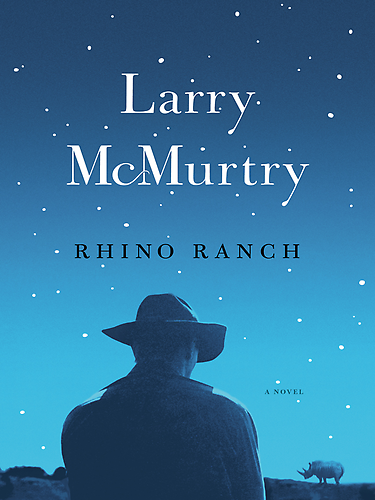

AND… if you said the story in question is the
Lonesome Dove cycle, begun with the Pulitzer-winning novel in 1985, you are also correct. The friendship between Augustus MacRae and Woodrow Call spans four novels, listed here in chronological order:
Dead Man’s Walk 1995
Comanche Moon 1997
Lonesome Dove 1985
Streets of Laredo 1993

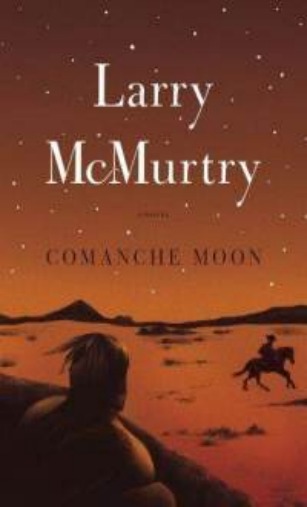


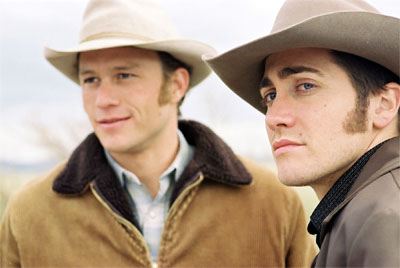
AND if you said the Oscar-winning 2005 screenplay (with writing partner Diana Ossana) for
Brokeback Mountain, based on a 1997 short story by Annie Proulx, you are also correct.
The film version faithfully presented Proulx’s story about the relationship between Jack Twist and Ennis Del Mar; McMurtry’s significant addition was the expansion of the women’s roles. The mens’ marriages had not been described in detail in the Proulx story.

Considering the parallels between Proulx’s story and the themes in the aforementioned McMurtry novels, it is not surprising that he wanted to tackle the screenplay. In fact, the three stories not only echo similar plots and characters, they have a certain progression to them. The Thalia books are about two friends who grow steadily apart; Sonny becomes a supporting character in the second novel,
Texasville, and dies by the end of it. The
Lonesome Dove cycle’s protagonists remain “together” until Gus dies in the third novel (
Lonesome Dove, actually the first of the novels to be written and published.)
Brokeback Mountain’s protagonists are “together” in a much more intimate way, and are in love.


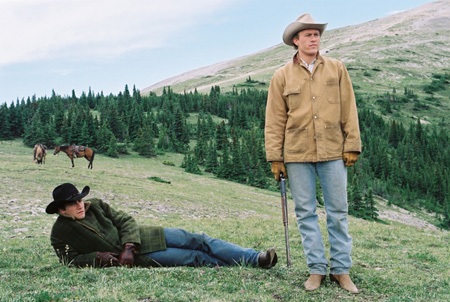

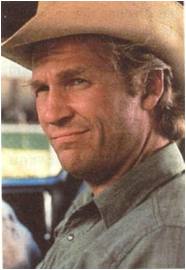
I haven’t read any of McMurtry’s memoirs and don’t know a lot of details about his biography. I do know that the fictional city of Thalia (and the Dairy Queen that becomes a sort of town epicenter) are based on McMurtry’s hometown of Archer City, and that
The Last Picture Show is semi-autobiographic in the sense it is about coming of age in small-town Texas in the early 1950s. I’m not sure how specific the books’ themes are in relation to McMurtry’s actual lived experience, in other words, and it really doesn’t matter. What does matter, I think, is the depths to which he plumbs those themes throughout his work. There’s another theme that is missing from
Brokeback Mountain (by necessity, both for loyalty to Proulx’s work and for the integrity of the plot): I speak, of course, of the part where “Passionate Friend” is seduced by an older woman. For Sonny Crawford it was Ruth Popper, the coach’s wife, and for Gus it was Inez Scull, the captain’s wife (I seem to remember something similar in 1995’s
Pretty Boy Floyd, as well.)


This repetition of themes is not a bad thing, by any means. Nor is it unique; similar threads run through the works of Hemingway, Faulkner, Steinbeck, Tennessee Williams, and many others. I did think it was worth pointing out, though –I bet most of you have read all these books or seen their film versions and never picked up on the fact that they were basically iterations of the same story. Read/watch them again, and see if you find any other recurrent motifs.


 SHAMELESS PLUG
SHAMELESS PLUG: I have motifs too! I explore many of the same racial themes in these two novels… and they share a character in common. They’ve also both garnered praise from writers I deeply respect. Check ‘em out!
http://www.amazon.com/Bound-Promise-Land-Troy-D-Smith/dp/1461042690
http://www.amazon.com/Cross-Road-Blues-Troy-Smith/dp/1935797093/ref=sr_1_1?ie=UTF8&qid=1320431970&sr=8-1





























